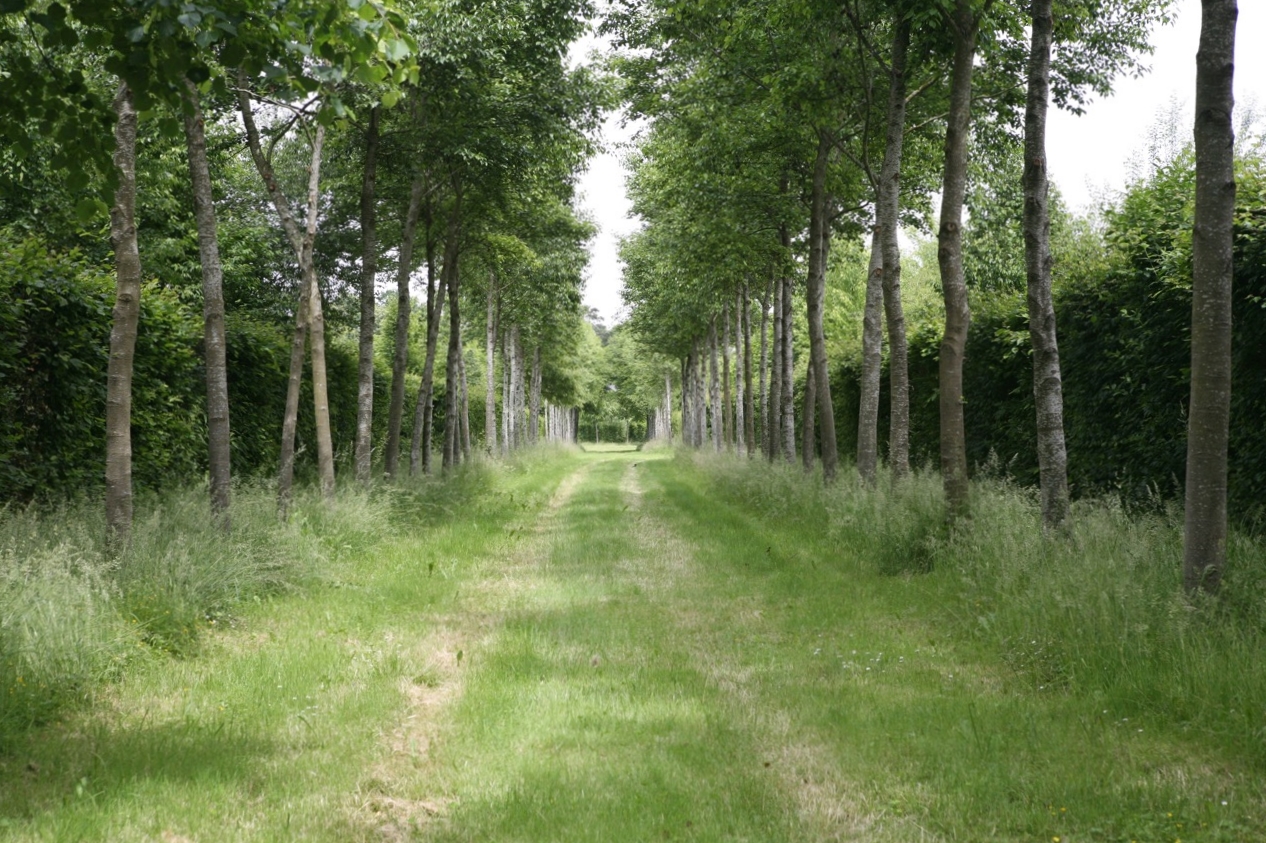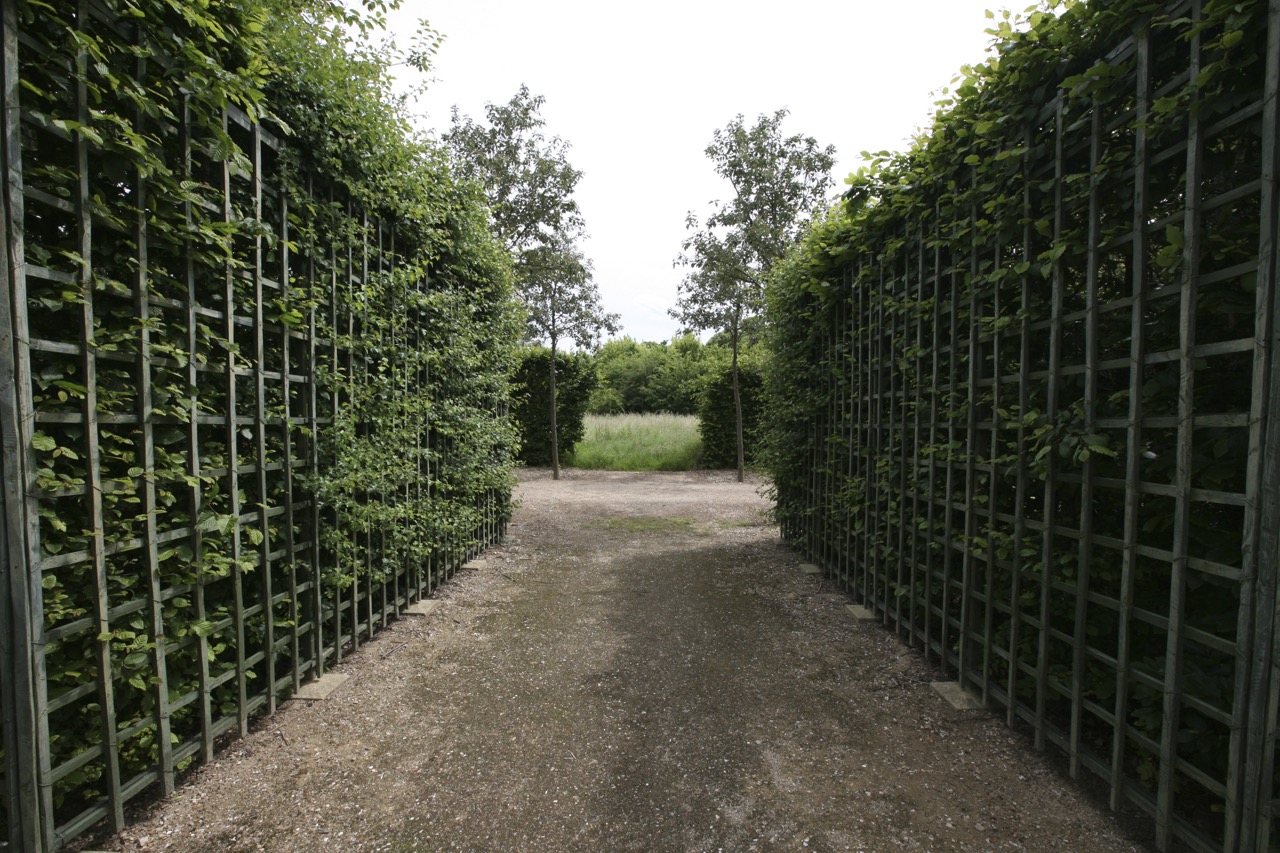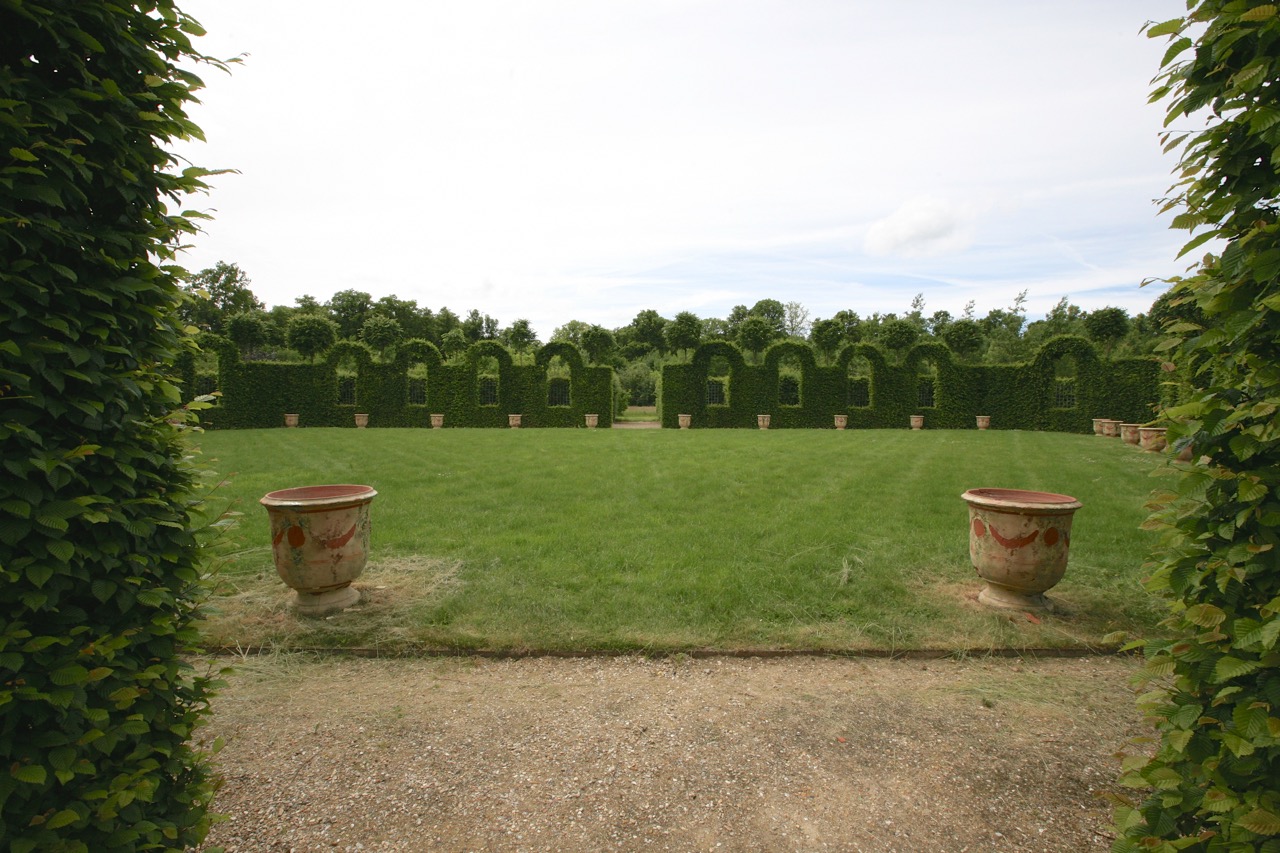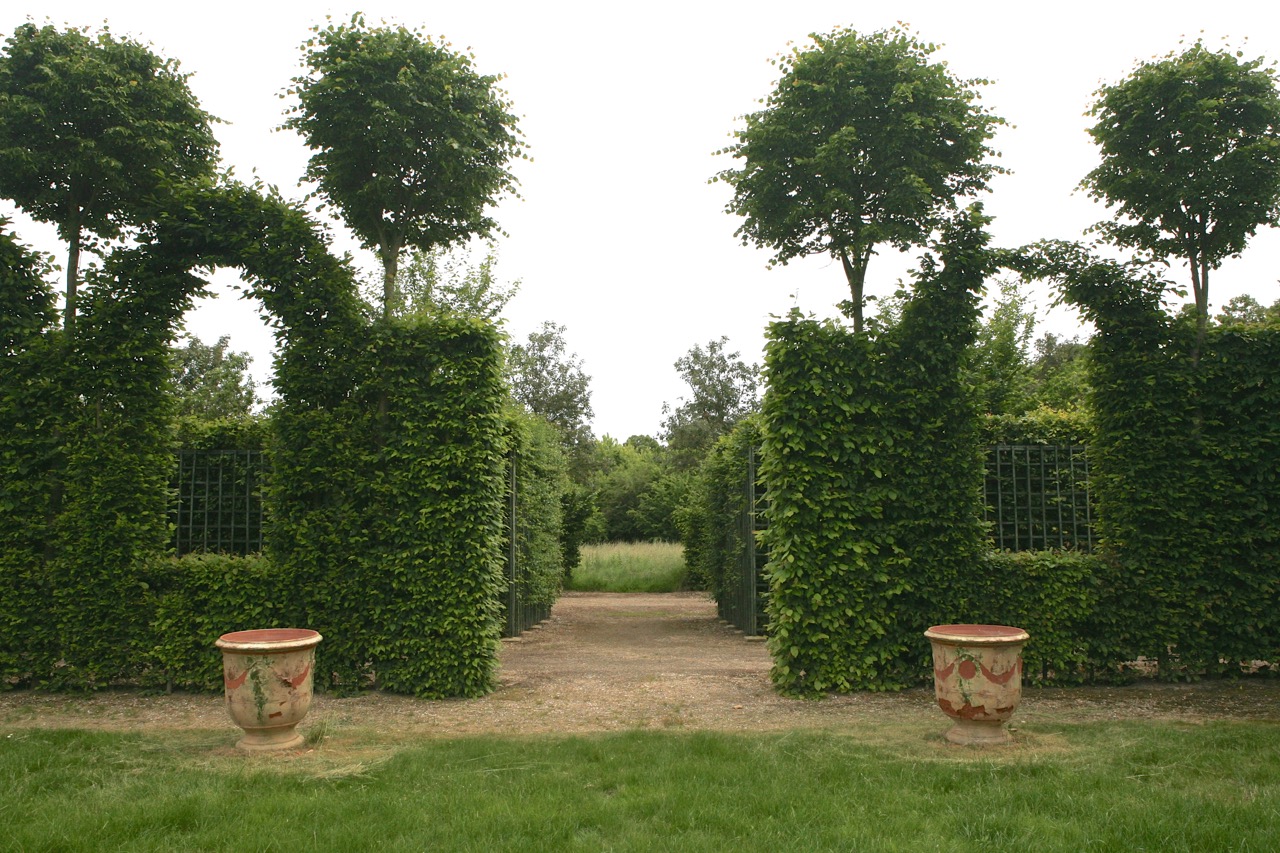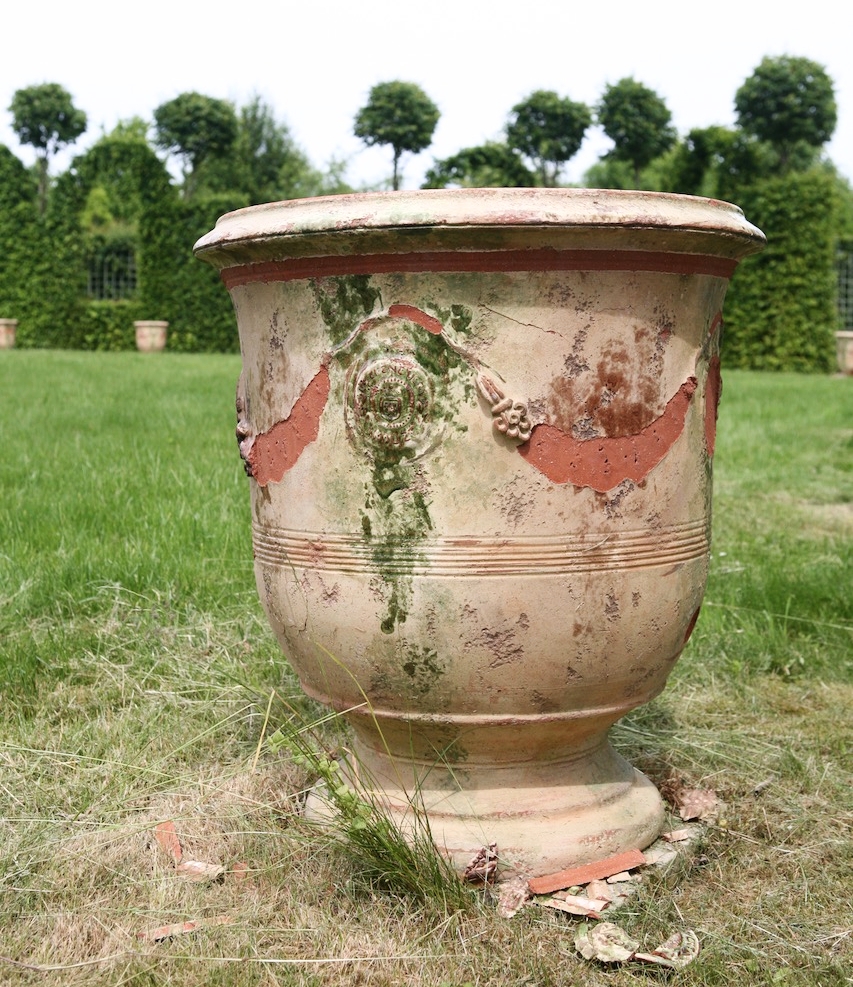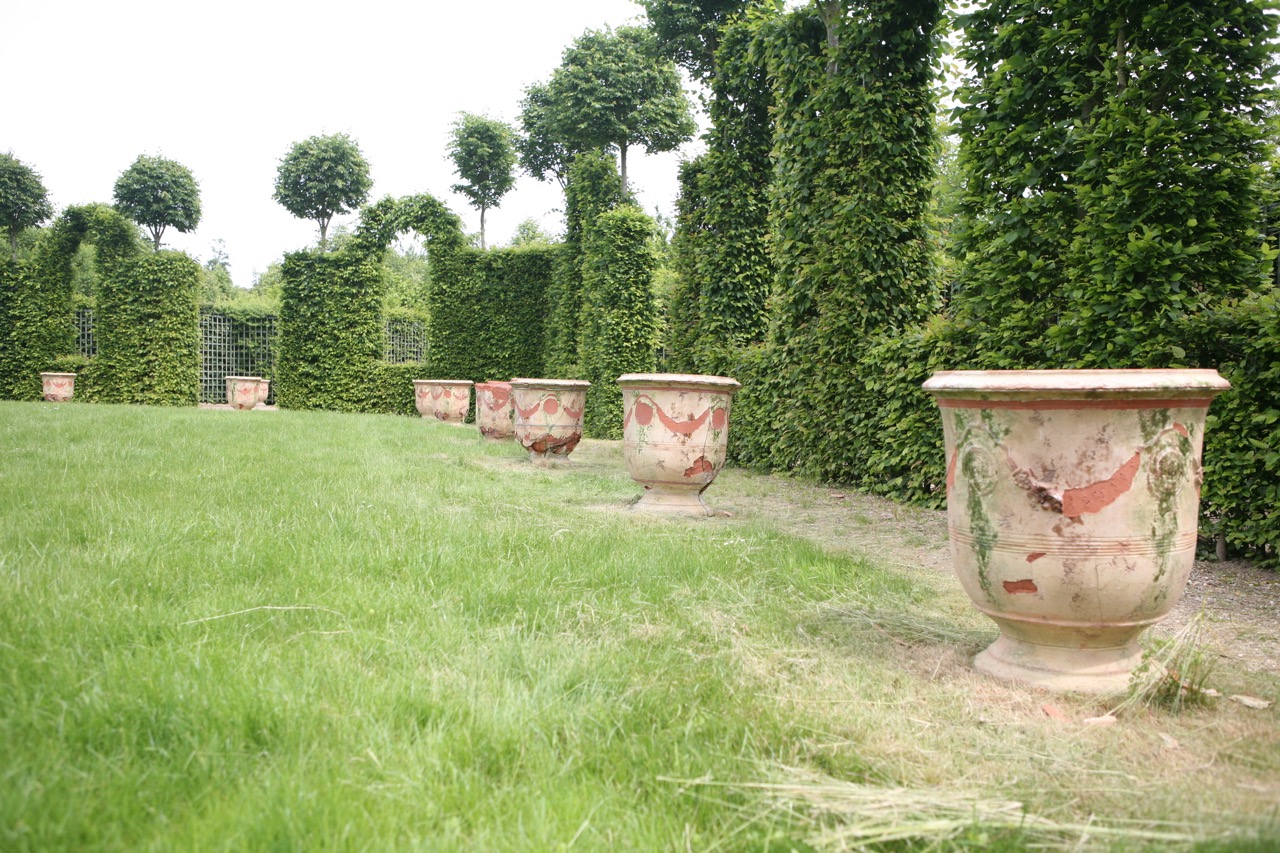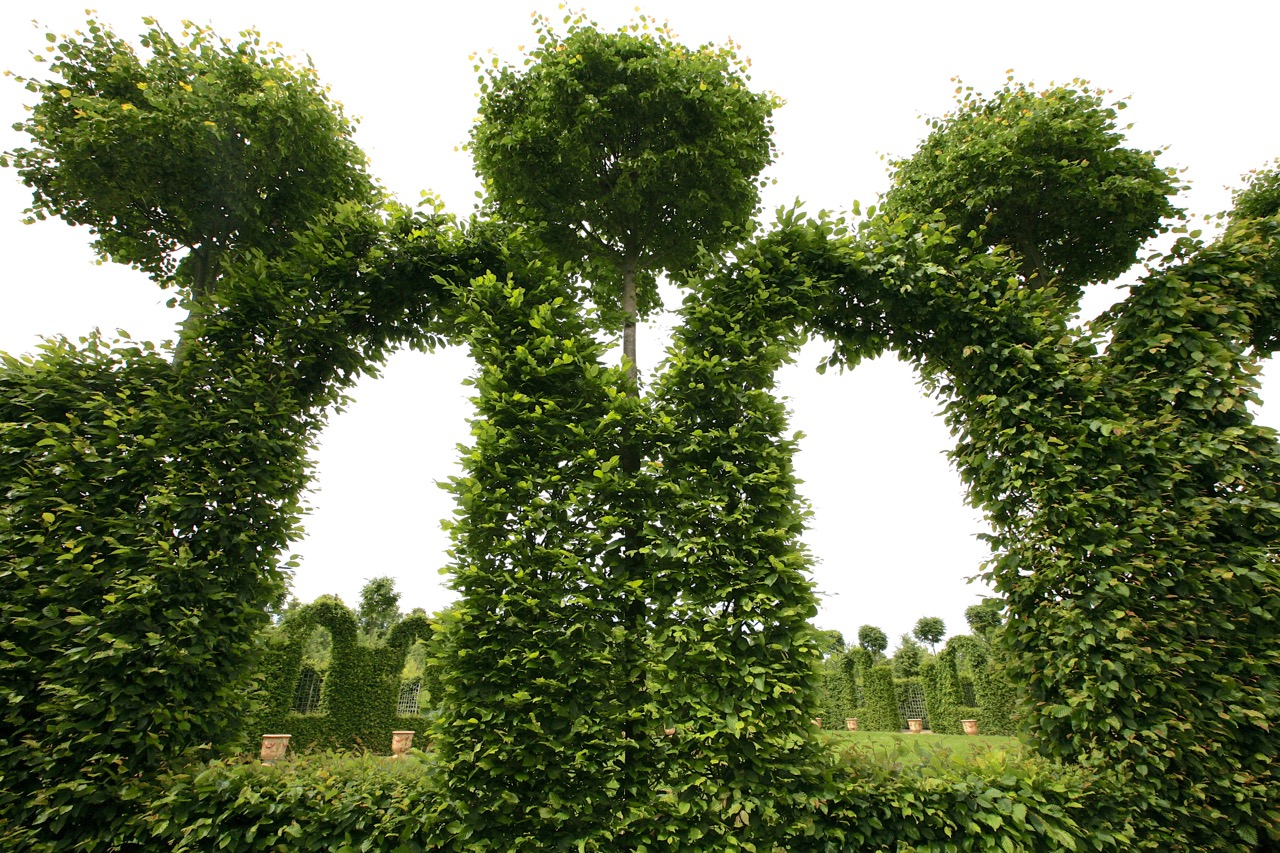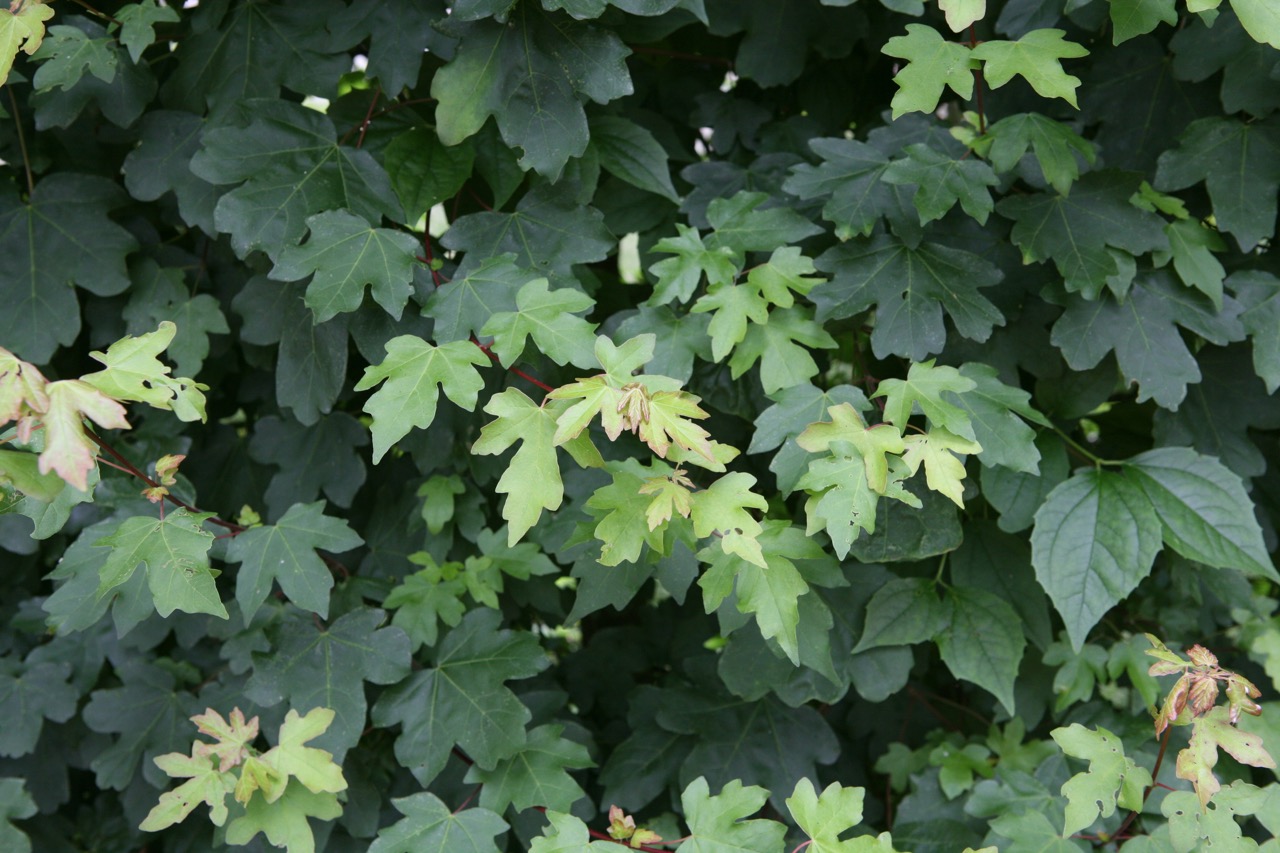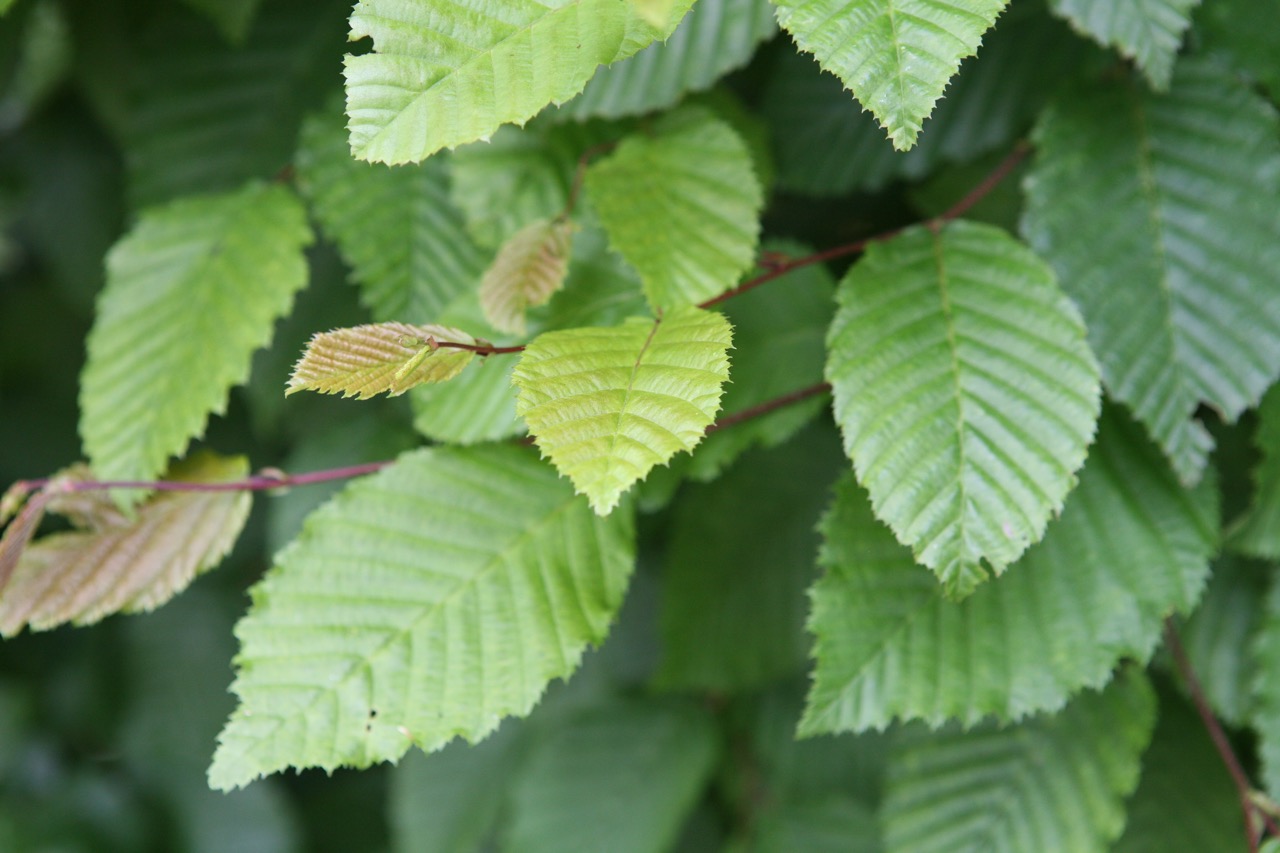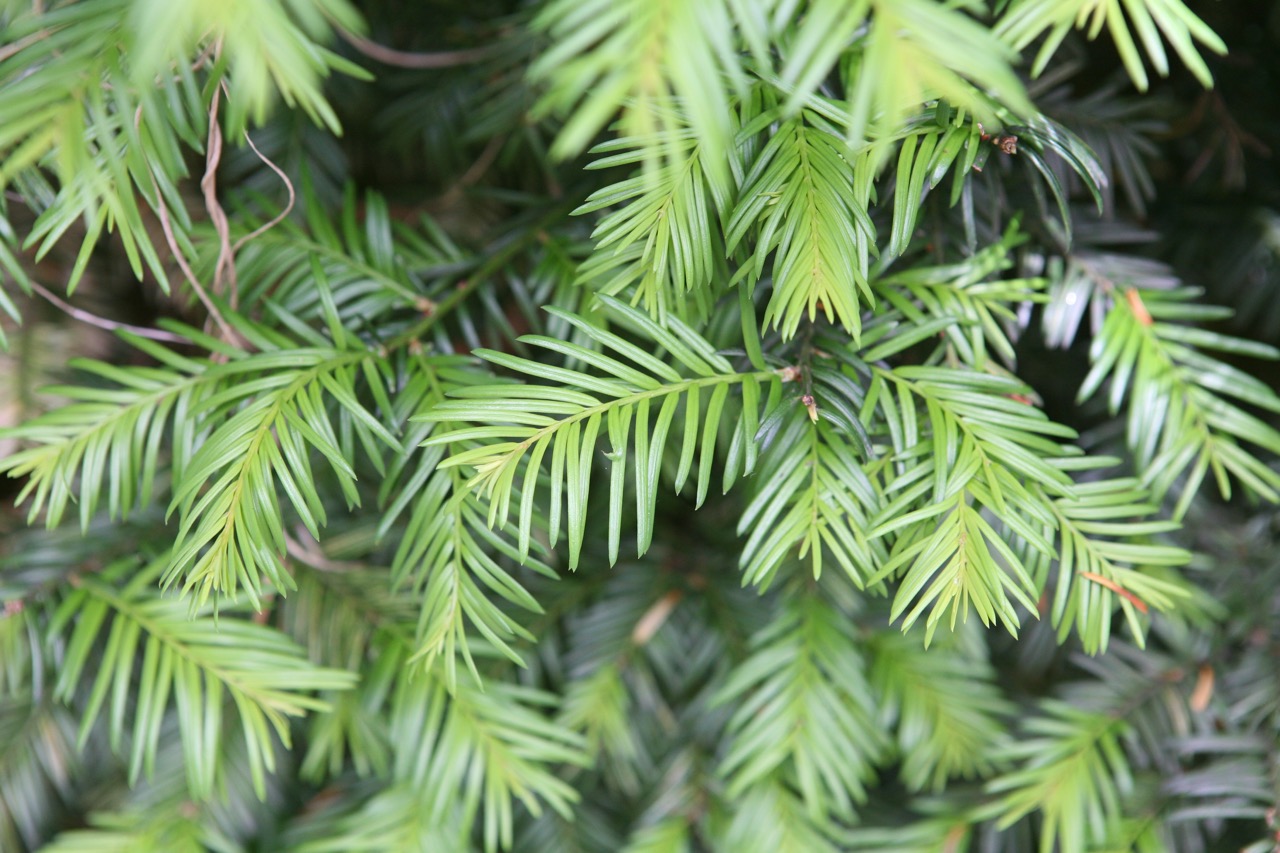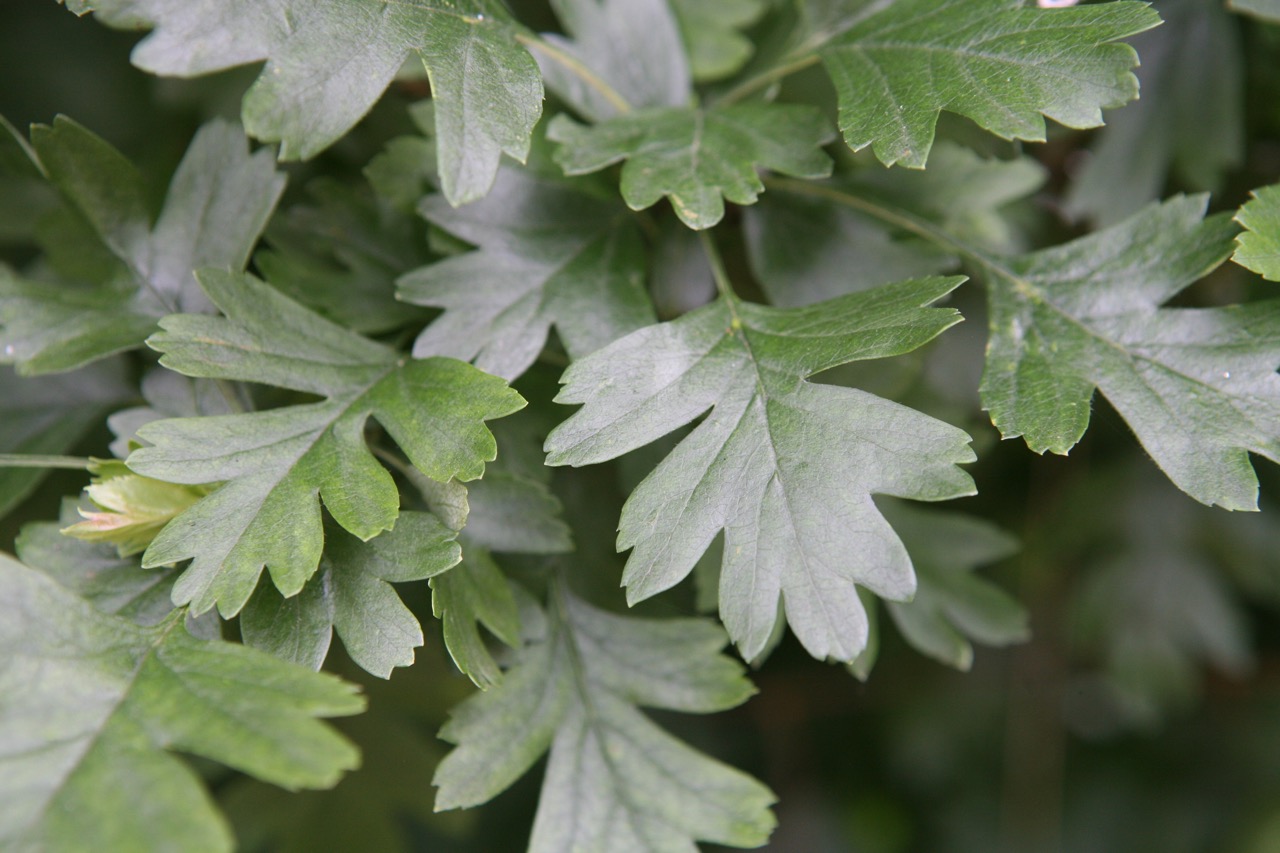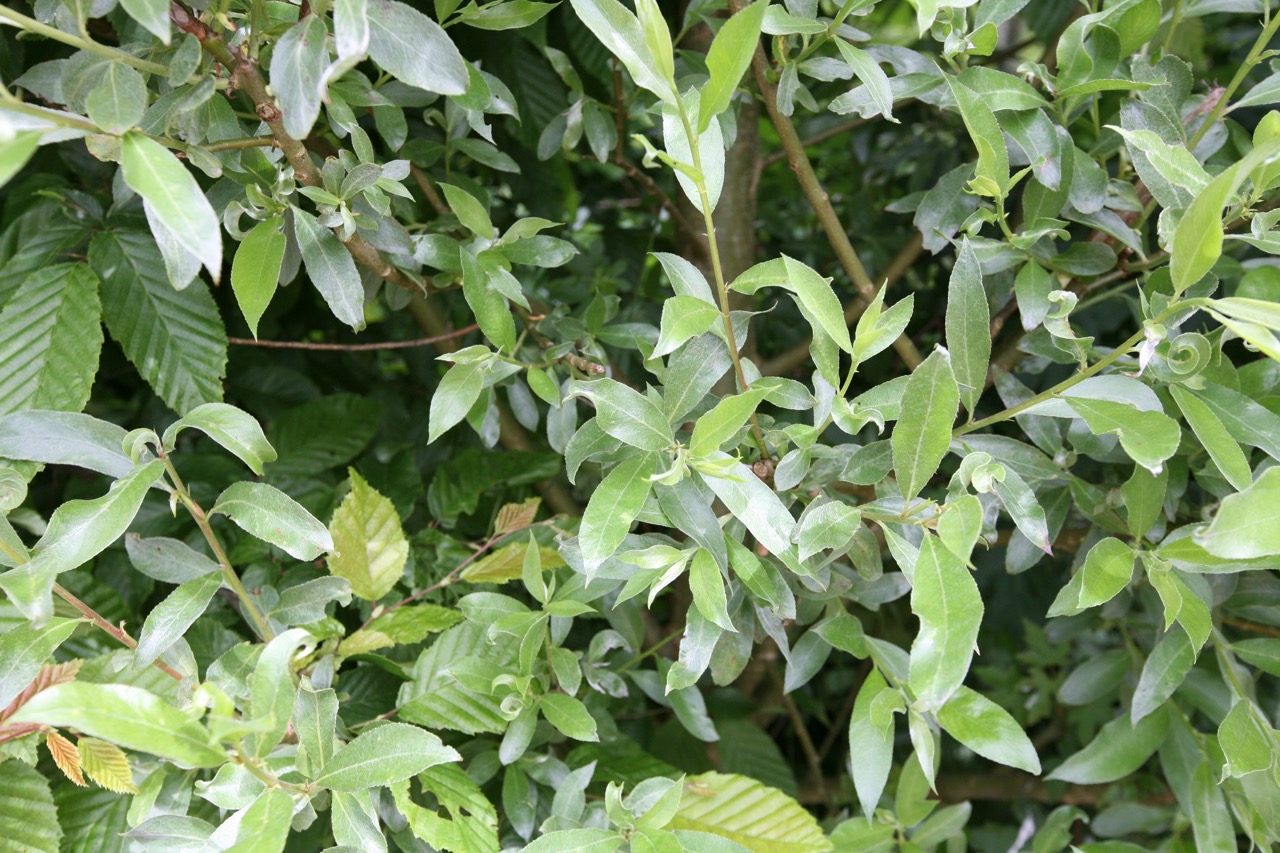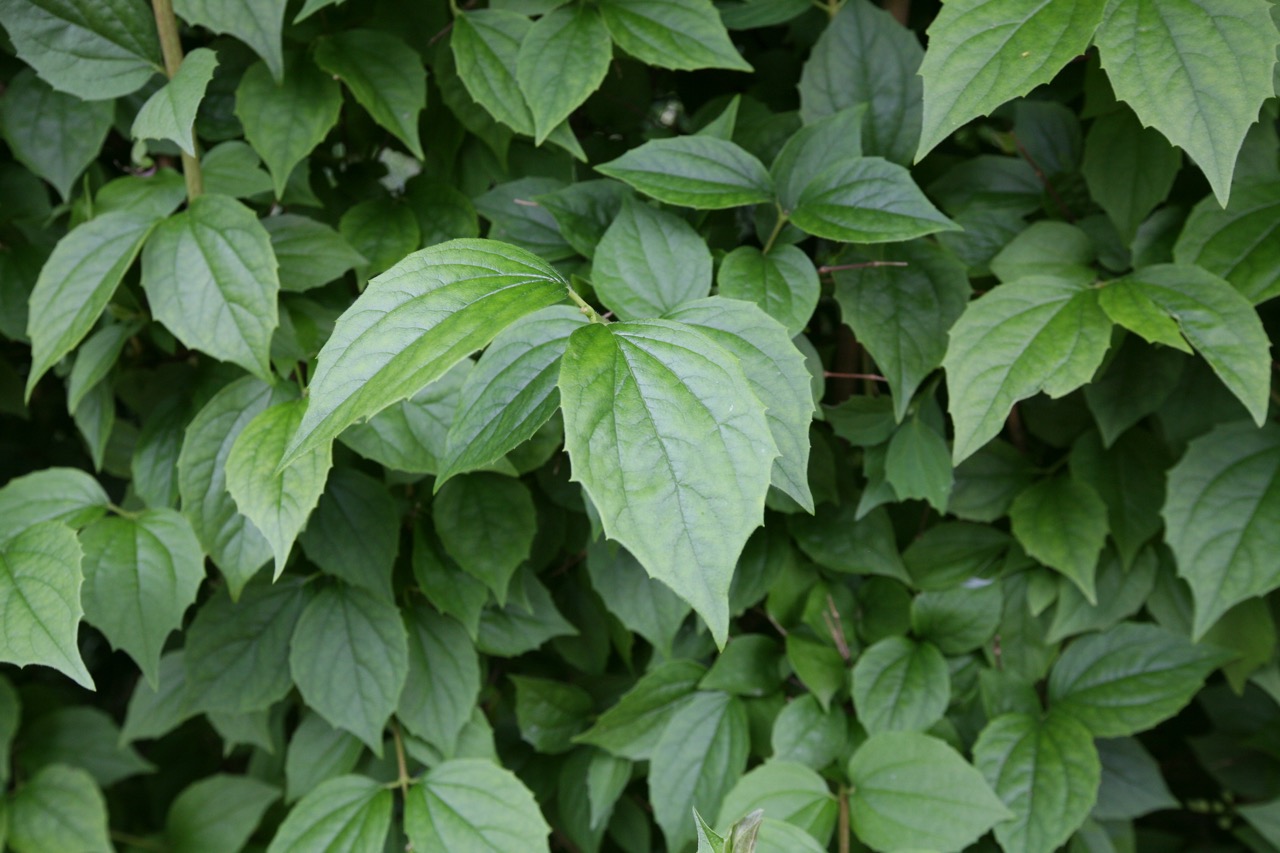If I had to pick a favorite section of the gardens at Versailles it would be the Green Rooms. These are set in a far corner, away from the typical tourist loop - less flashy and grand than the rest of Versailles, if that is possible.
Jules Hardouin Mansart designed the “Green Rooms” gardens in 1687. Portrait of Jules Hardouin-Mansart, by Hyacinthe Rigaud, 1685 © RMN / Gérard Blot
Versailles, the famous palace and town west of Paris, became the seat of the French government in 1682 and remained so for over 100 years. The name conjures images of luxury, magnificence, and excess. Jules Hardouin Mansart designed the “Green Rooms” gardens in 1687. There were part of the Grand Trianon complex - King Louis XIV had this area built as his personal escape from the pressures of governing. Mansart described it as "A little pink marble … palace with delightful gardens."
Mansart and his colleagues refined, as they put into practice, designs in the French Formal style. These gardens had formal layouts set on long axes; everything controlled; trees and shrubs clipped into perfect geometric shapes.
The Green Rooms barely make the official map - they sit on an edge past the Gran Trianon. My desire to leave the throngs of tourists kept me pressing further into the landscape (over 7 million people visit the palace each year). I longed for a patch where I could meditate on this historic landscape by myself. Avenues and focal points pulled my eye further out and it seemed natural to follow.
This led me to the Green Rooms. Some were under restoration – reminders that all gardens start somewhere. Some were in their prime. The one pictured above was spellbinding.
The middle left image "Palissade du Theatre d'eau a Versailles" from Dezallier D'Argenville's 1722 book La Theorie et la Pratique du Jardinage.
An allee of trees backed by tall hedges leads to this landscape. Trellises help define the final approach blocking any glimpse of the clearing. Finally, the view opens to the most amazing site. A living palisade of hornbeam clipped into a perfect pattern of repeating arches. Lollipop shaped trees poke out above.
Anduze planters add history and a sense of place. These planter styles are named for the French town where they were first produced; their designs first seen in 16th century Medici gardens. At least 60 of these planters surround the open green lawn.
Wondering to what degree the garden we see above matches the original, I stumbled upon Dezallier D'Argenville's 1722 book La Theorie et la Pratique du Jardinage. In it he shares several designs including the one called, “Palissade du Theatre d’eau a Versailles.” Here we see how the garden was drawn nearly 300 years ago! Through books like this one, the French formal style spread across Europe.
Click here for more posts about the Versailles and the French formal garden style.
A few of the plants that make these the "Green Rooms" reveal a diversity of shape, texture, and tone.
The Green Groves sit at the end of the gardens at the Grand Trianon.

